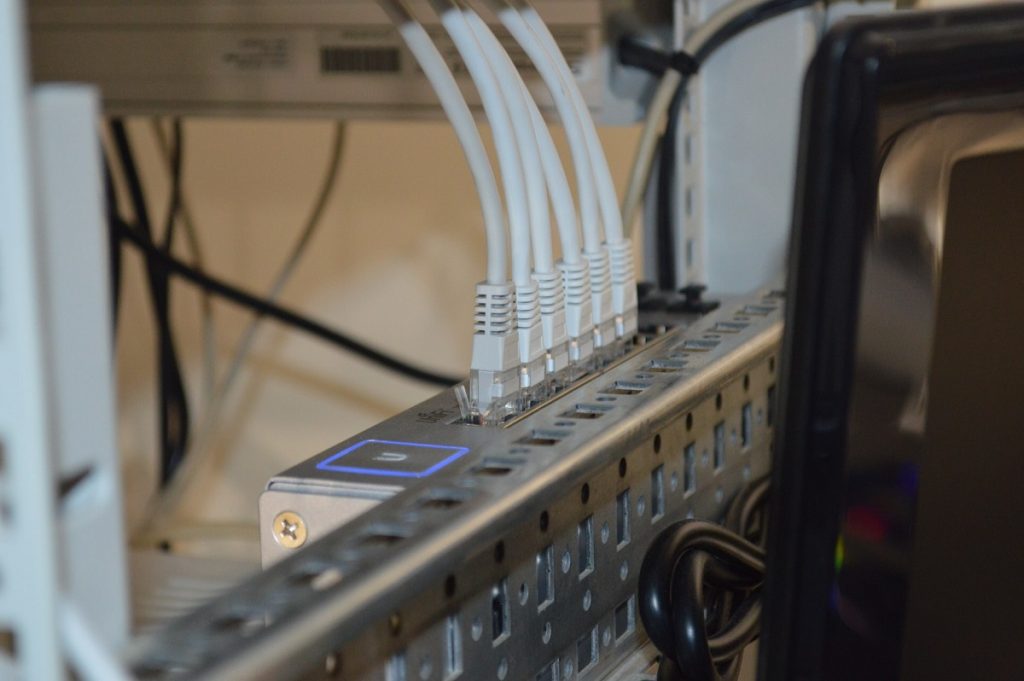The National Internet Network (NBN) is a government effort to modernise Australia’s broadband infrastructure. Customers will benefit from speedier broadband connections as a result of this update. It’ll also significantly impact how people receive phone and internet services. If you’re curious about what access technologies are used in NBN, the information below will undoubtedly help.
How Does the NBN Function in Australia?
The NBN network primarily employs optical fibre to deliver internet service, whereas ADSL and cable rely on existing copper and cable networks. The NBN is intended to provide your home with high-capacity internet and better speeds in the future. A full-fibre connection necessitates the installation of an ‘NBN utility box’ on the outside of your premises. Also, an NBN connection box will be installed within your premises. Your computer, router, and the phone will all be connected to this. NBN customers are also given the option of purchasing an internal backup battery box.
What Access Technologies Are Used in NBN?
The NBN network employs various connection methods for wired (copper, fibre optic, and hybrid fibre-coaxial) and radio transmission (satellite and fixed wireless). Rolling out Australia’s broadband access network necessitates a one-of-a-kind combination of technology. This is referred to as the Multi-Technology Mix (MTM) of NBN and includes the following network technologies:
Wired Technologies of NBN
Fibre to the building (FTTB) – used in multi-family housing and apartment buildings. The “node” is positioned inside the building’s communications room, similar to FTTN.
Fibre to the curb (FTTC) – here fibre connection is given to a communications hole on the street. From there a copper line is drawn to the building.
Fibre to the node (FTTN) – this comprises a combination of copper and fibre optic technologies that provides the majority of NBN connections. A minimum speed of 25 Mbit/s is required.
Fibre to the premises (FTTP) – a gigabit passive optical network is used to link a fibre optic connection to the premises.
Hybrid fibre-coaxial (HFC) – a combination of fibre optic and CATV technology.
Wireless technologies of NBN include fixed wireless and satellite telecommunications satellites.
NBN FTTP Explained
NBN Fibre to the Premises (FTTP) is a popular technology in Australia for providing fibre connections to residences. An FTTP connection is used when a fibre optic line is run straight from the nearest available fibre node to your property. FTTP connections necessitate the installation of an NBN network device inside your home. This gadget requires electricity to function and may only be installed by an authorised NBN installation or phone and internet provider. Your preferred NBN installer may inform you that FTTP installation with an NBN approved technician is required. FTTP installation requests may include in-home cabling and the installation of many devices both inside and outside your property. Requests for FTTP installation may entail in-home cabling and the installation of numerous devices both inside and outside your home.
In Conclusion
iPacific will schedule a time to install the NBN and will organise the equipment that will be connected. Furthermore, as a home or business owner, you’re responsible for selecting an NBN monthly pricing plan that meets your demands and budget. We’ve got NBN for business plans and much sought-after to provide business internet NBN. We’re the best NBN provider in Australia and have a leading footprint in NBN Australia internet. iPacific is a 100% Australian owned telecommunication and data provider that provides best of breed ICT services and solutions.


